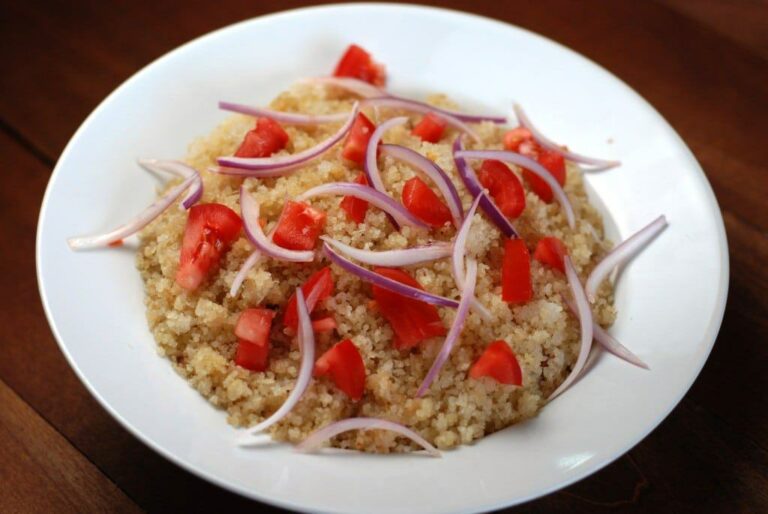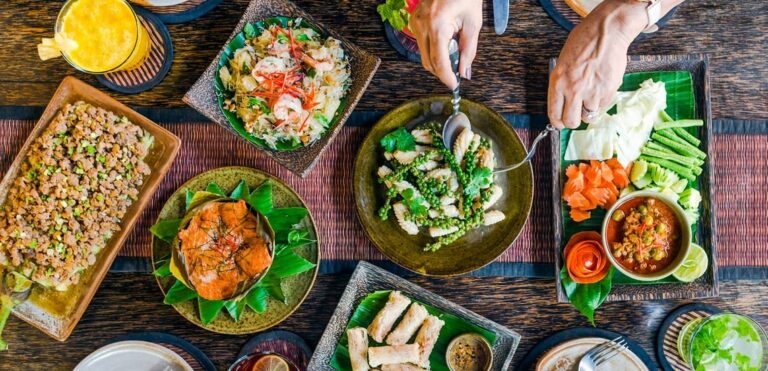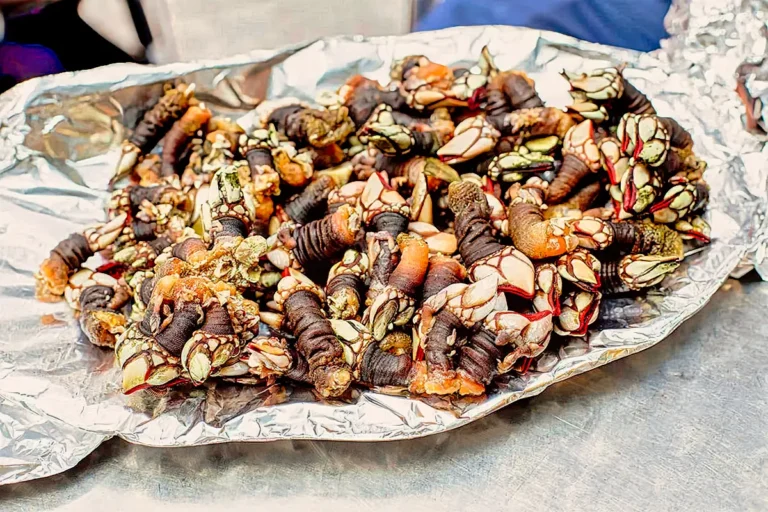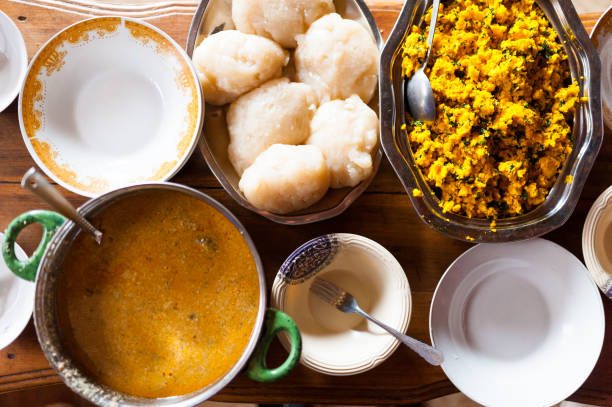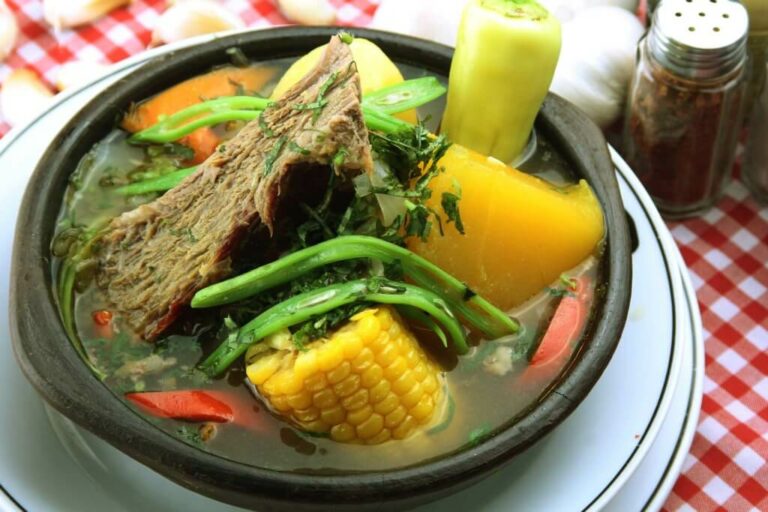We drink it at the start of the day, at meetings with colleagues and it is also a must for afternoon cakes: our beloved coffee. Without him we miss something in the morning. After just one cup from the industrial coffee machine, we feel better, fitter and more awake. We drink it in a wide variety of ways – filter coffee, café crème, latte macchiato & Co. – and even when we’re on the go it’s a must.
But what actually happens with the coffee from the coffee machine in the office in our body?

Coffee’s journey through our bodies begins in the mouth. We perceive the numerous different aromas of coffee from the industrial coffee machine in our pharynx in the back of the mouth.
Then it goes to the stomach. There, the caffeine is absorbed into the bloodstream and distributed throughout the body. The distribution of the caffeine takes about 30 to 45 minutes.
In the intestine, the components of coffee – caffeine, acids, tannins and bitter substances – stimulate intestinal movement. This stimulates the digestive process and the food breaks down faster.
Caffeine directly affects the central nervous system by occupying the adenosine receptors. Adenosine is the messenger substance that signals tiredness to the body. By blocking these receptors, the tiredness signal is eliminated and we can (for the time being) carry on happily.
Depending on how it is prepared – with a filter coffee machine or a coffee machine in the office – the coffee can have a cholesterol-raising effect. This is due to the substances kahweol and cafestol that get caught in a filter when it is used. If you use a filter-free preparation method, for example in an industrial coffee machine, these two substances get into the coffee and thus into our body.
People who suffer from high cholesterol should therefore rather resort to filter coffee. However, according to current knowledge, coffee drinking with a normal coffee consumption of about four cups a day does not need to be a concern.
If you drink coffee, the caffeine it contains increases your heart rate. This leads to an increase in heart rate and blood pressure. In addition, the blood vessels are dilated. This is due to the release of the stress hormones cortisol and adrenaline. But don’t panic: These symptoms are harmless and only last for a short time. Casual coffee drinkers will notice these symptoms more clearly and quickly. On the other hand, habitual coffee drinkers who visit the coffee machine in the office several times a day will probably not even notice these symptoms.
Similar to the blood vessels, the vessels of the bronchi are also dilated due to the caffeine. In addition, the caffeine leads to a relaxation of the bronchial muscles. This makes breathing easier.
Caffeine stimulates kidney activity. However, the coffee from the industrial coffee machine does not remove any water from the body and can even be included in the fluid balance. Normal coffee consumption (approx. four cups a day) is considered harmless and has no harmful effect on the kidneys.
What advantages does coffee or caffeine have on our body?
Caffeine has a performance-enhancing effect. The ability to concentrate and think after drinking the coffee increases.
Caffeine also has a pain-relieving effect. Especially with headaches and migraines, it can be helpful to treat yourself to a cup from the coffee machine in the office. This is why some headache pills contain caffeine.
One reason for many to reach for a cup of coffee: Its sleep-delaying effect – it wakes us up in the morning and drives away tiredness, and in the evening it helps us to keep our eyes from closing so quickly. Of course, the effect depends on how much coffee you are used to enjoying. People who drink coffee regularly usually suffer less from the effects of caffeine at night than people who only occasionally reach for a coffee cup.
Coffee protects the liver cells. Several studies have confirmed that coffee has a positive effect on liver values. In addition, coffee can counteract liver fibrosis.
Regular coffee consumption from the industrial coffee machine or the caffeine it contains reduces the risk of developing Parkinson’s disease.
According to the International Agency for Research on Cancer, coffee – whether from a filter machine or from an office coffee machine – is not considered carcinogenic. On the contrary, some medical studies suggest that coffee reduces the risk of certain types of cancer.
So coffee only has health benefits?

Numerous studies should prove that coffee has a positive effect on our body. However, there are just as many studies that are intended to prove the opposite. In general, coffee in moderation is perfectly okay. You can drink up to 4 cups (normal cups, no jumbo cups!) of coffee from the office coffee machine per day without hesitation. The amount of caffeine contained in each cup naturally depends on the type of coffee and the degree of roasting. In the end, it’s always best to listen to your body. He lets us know when it’s time to choose another drink for the day. Have you ever noticed that you didn’t like the coffee when you were sick? This is also a sign from our body that coffee is not the best drink for us in this situation. But don’t worry, as soon as we’re on the mend, the coffee starts to taste good again and we can go to the coffee machine in the office without hesitation.





